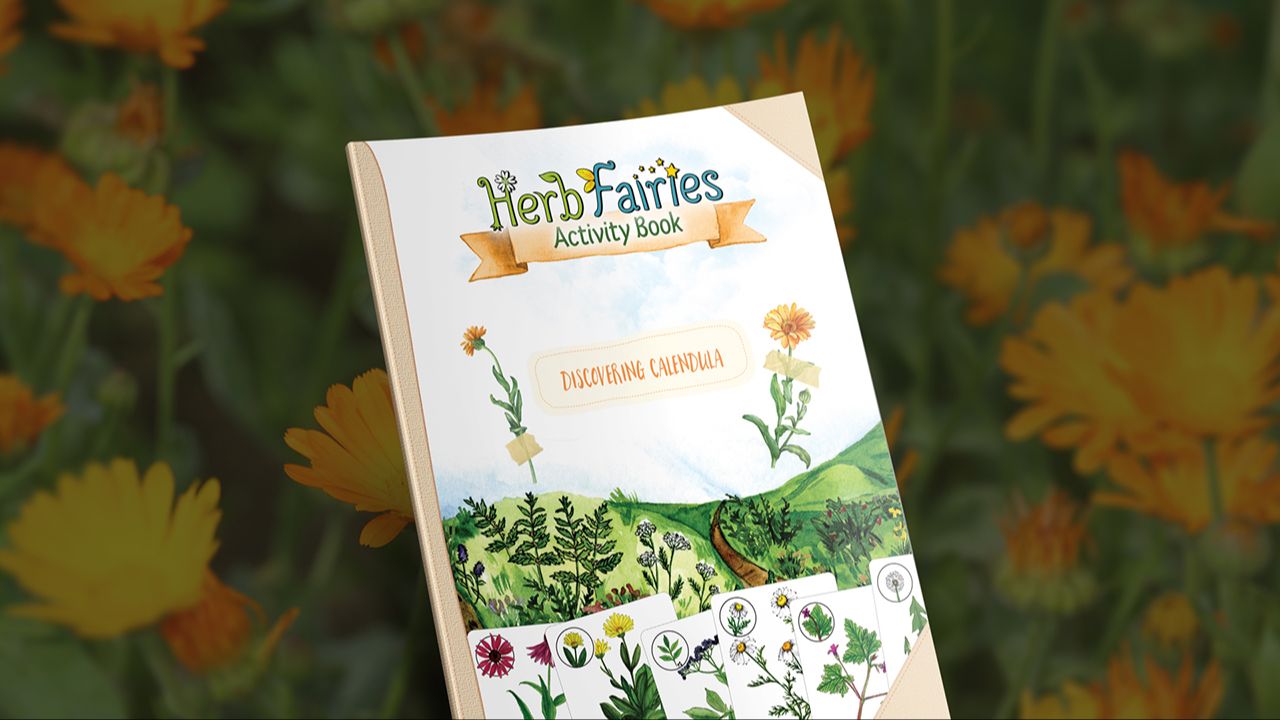
Homemade Umami Seasoning Blend Recipe
As I go on my morning walks, it feels like nature is holding a collective breath. Long gone are the vibrant, color-filled days of early fall. Instead, the skeletons of trees pierce the blue skies. My favorite meadow looks like a plant graveyard; mullein stalks and yarrow seed heads are now only a reminder of summer’s abundance. Soon, snow will cover it all, creating a clean slate to write winter stories.
Our dinner table has also shifted these past few months. Raw salads and fruits have been replaced by slow-cooked and deeply nourishing roots and stews. Now is the time for comfort foods! Meals that evoke the cozy sense of a warm hearth, snuggled in, while outside the world becomes colder and harder.
Too often the foods of the winter season lack a variety of spice and flavor. For many a dash of salt and a sprinkle of ground pepper are the only additions to potatoes, carrots, and meats.
Why is that? Flavor is the spice of life!
Without it, foods and beverages are boring, unappealing, and dull.
Flavor is also an important part of herbal medicine.
The Umami Flavor: Delighting Taste Buds
Depending on what system of herbal medicine you look to, herbalists recognize five to six flavors in the flavor profile. Traditional Chinese Medicine has the five tastes of pungent, salty, sour, bitter, and sweet. Ayurveda has an additional flavor of astringent.
In Japan and now many other parts of the world, another flavor is recognized: umami.
The umami flavor is simply described as a pleasant and savory taste. I consider this rich flavor a delicious comfort in these colder, cozy months. Yum, umami!
The term umami was first coined by Kikunae Ikeda, a Japanese chemist, in 1908. Foods that have the umami flavor include broths, gravies, soups, fish and fish sauces, tomatoes, mushrooms, meats, yeast, cheeses, and soy sauce. Many traditional comfort foods are loaded with this savory flavor (broths, stews, mac and cheese, you get the idea).
This article shows you how you can make your own umami seasoning to sprinkle on your favorite savory foods. Besides its delicious taste, this umami seasoning is filled with nutrient-dense medicinal herbs.
First, here’s a look at our ingredients in this umami powder…

Shiitake Mushrooms (Lentinula edodes)
Shiitake mushrooms have a subtle and delicious flavor. They have long been used as a building and nourishing tonic and have received a lot of attention for their ability to support the immune system and improve cardiovascular health.
A study in 2015 showed that eating five to ten grams of shiitake mushrooms per day improved people’s immunity levels and decreased their inflammatory levels.1 With poor immune system health and chronically high inflammation levels being major underlying causes to many illnesses today, shiitake is a great mushroom to add to your diet!
As with all mushrooms, it’s important to cook or dry them before eating. They make a wonderful addition to this natural umami seasoning powder.

Parsley (Petroselinum crispum)
Often dismissed as a garnish, parsley is an abundant source of phytochemicals and is a powerful antioxidant!2 One flavonoid, apigenin, has been frequently studied for its effects against cancer and as an antioxidant.
You commonly see two types of parsley being sold at the store. One is the curly-leaf parsley and one is the Italian or flat-leaf parsley. Flat-leaf parsley has a much more vibrant taste and is often preferred as a richer source of nutrients. You can, however, use either kind of parsley for this homemade seasoning blend.
Want to learn more about parsley? Check out my Parsley Monograph on HerbMentor. HerbMentor is our online herbal education hub full of classes, live meetups, in-depth monographs, a member forum, and more. You can try HerbMentor for just $1 here.

Thyme (Thymus vulgaris)
Highly revered for its ability to quell a cough and as a strongly antimicrobial herb, thyme is also a beloved culinary herb. It’s my absolute favorite herb to add to soups and stews, especially chicken and dumplings! For this homemade seasoning, oregano or rosemary could be substituted.
Garlic (Allium sativum)
Garlic can promote healthy digestion and protect your heart. I use it both fresh and dried in my cooking all day long. Its burst of flavor enlivens savory dishes while offering many health benefits.

How to Get Powdered Herbs for This Recipe
The easiest way to get powdered herbs for this recipe is to buy them already powdered.
You can also buy these herbs as whole or cut and then powder them yourself. I recommend using a small spice grinder in order to powder them. Sometimes, if the grinder doesn’t make the herbs fine enough, I also sift them through a fine-mesh metal strainer to remove any larger bits.
If you’re up for more effort, then you can grow these herbs or buy them fresh, dry them, and then powder them. While this may be the most time consuming, preparing it from scratch will make it all the more special.

Umami Seasoning
This umami seasoning is a delicious way to add a medicinal boost and instant flavor to your savory foods. You can use this for seasoning vegetables, meats, and even popcorn!
What you’ll need…
- 1/4 cup shiitake powder
- 2 tablespoons parsley powder
- 2 teaspoons thyme powder
- 1 teaspoon garlic powder
- 2 teaspoons salt
- Need herbs? Visit Mountain Rose Herbs.

- Combine the powders and salt together and mix well.
- Store them in a spice container.
Sprinkle on soups, meats, veggies, and even popcorn. This would make a fun gift for your foodie friends. For optimal flavor make this in small batches and use within 6 months.
Yield: Slightly less than 1 cup










